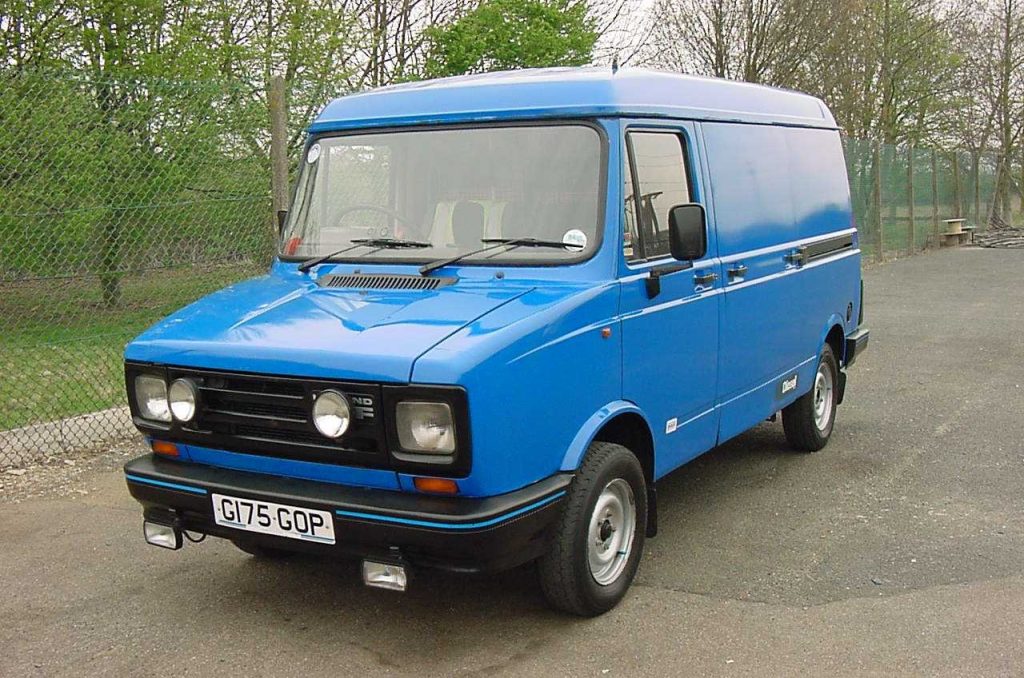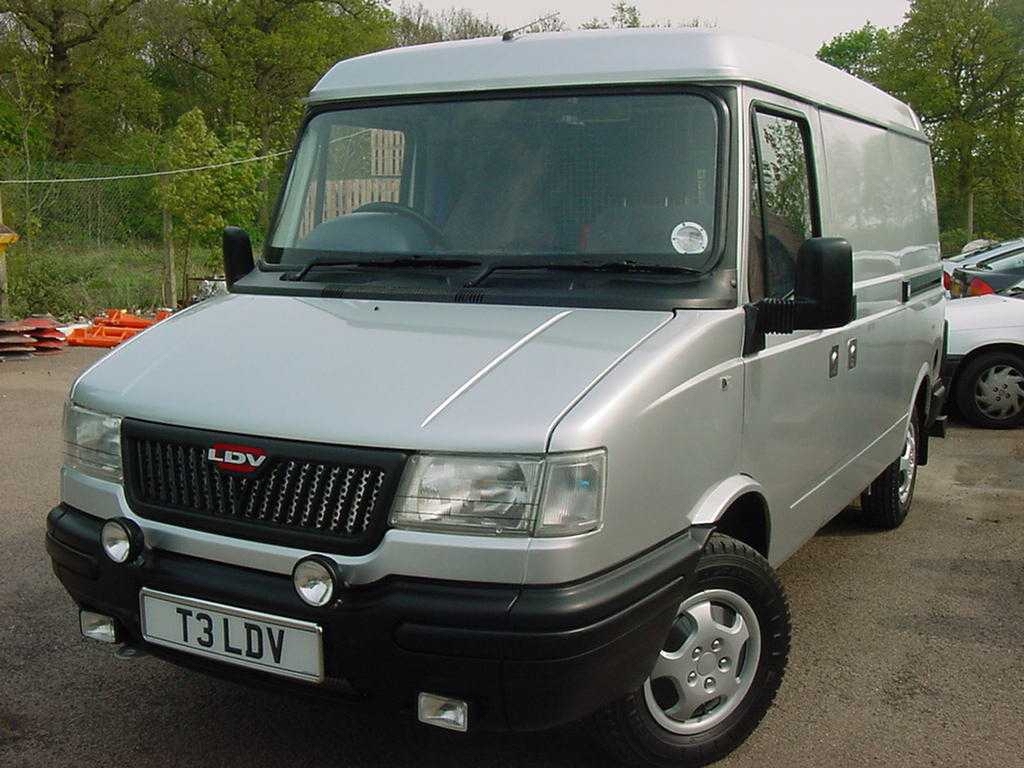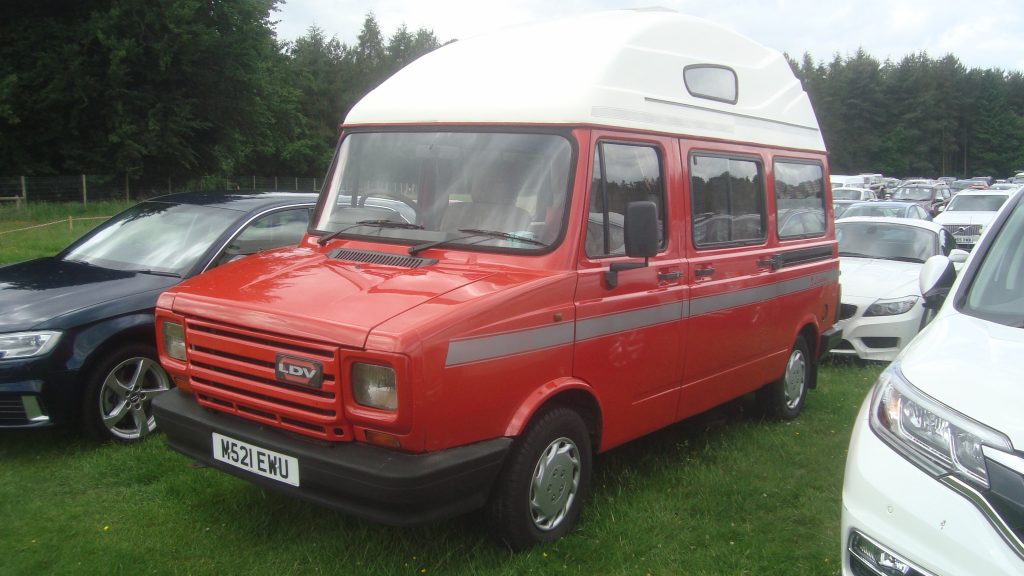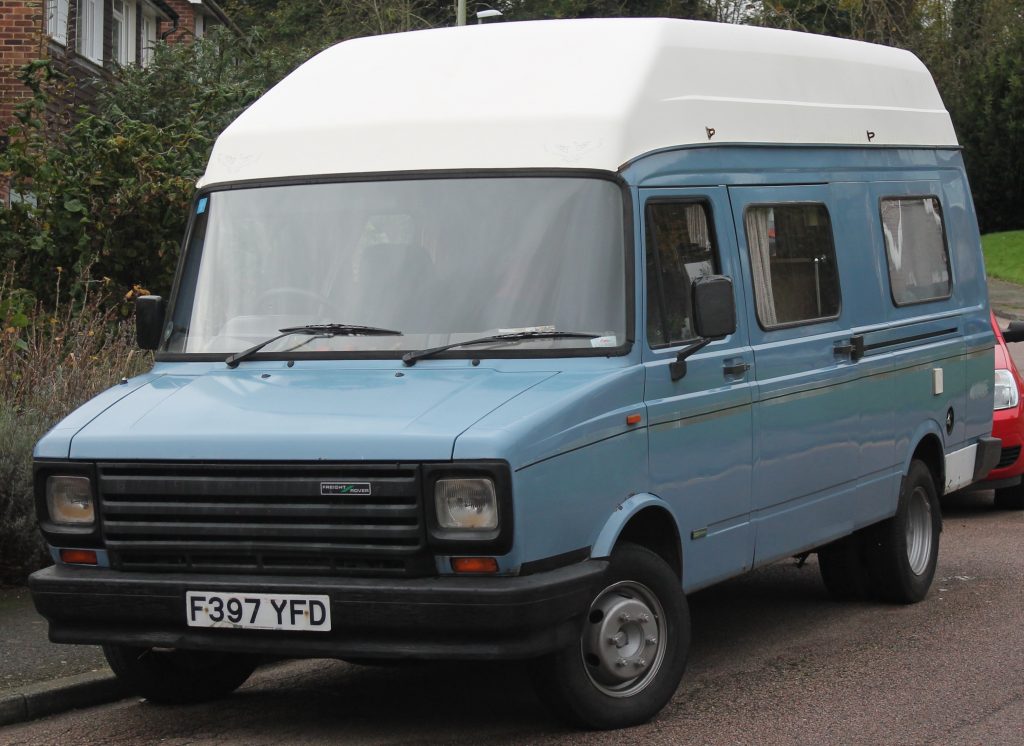
Author: John-Joe Vollans
Photography: Wikipedia
Light commercial vehicles have been made in Britain as far back as the earliest days of vehicle production. Famous firms like Austin, Morris, Ford and Vauxhall all churned out tens of thousands of small vans – both bespoke and based on existing cars. From the Seven to the Montego, British businesses big and small, have relied on compact, light and efficient vans. Just as in decades past, light commercials in the age of synth-fed pop and CFC accelerated hairstyles were vital to keeping the nation moving, trading and thriving. Into this melting pot, a new contender for the crown of commercial king arrived, even though it stood on the shoulders of those former big names.
At the same time as several of Britain’s founding automotive firms saw themselves foundering, Leyland Trucks made a deal with the Dutch in 1987 to form Leyland DAF (or simply DAF NV outside of the UK). This new wing, which also incorporated the Freight Rover arm of former automotive juggernaut British Leyland, would have the mildly unenviable task of continuing to compete with Ford’s unilaterally adored Transit, plus go toe-to-toe with other light commercials from across Europe.
This new merger brought plenty of benefits to both its constituent firms, as Leyland had an enviable parts supply chain and dealer network, while DAF added engineering capacity and innovation. The newly forged partnership was able to offer the widest range of commercial vehicles in Europe, at the time, with customers spoiled for choice, browsing everything from car-derived or medium-sized panel vans like the 200/400 ‘Sherpa’ right up to maximum-capacity tractors like the Leyland DAF 95. It’s the former model that most of you reading this will likely remember seeing on UK streets from the late-1980s, right up to the mid-2000s when they finally all succumbed to corrosion (although a few still survive). The van formerly known as Sherpa was effectively LDV’s Transit-sized model and, just like its titular Ford nemesis, came in all manner of weird, wonderful and life-saving bodies. Fleet customers included British Rail, the Royal Navy, the army, Royal Mail and the police, not to mention frequently seen LDV-badged ambulances and AA patrol vans. The three-letter moniker, by the way, replaced the rather clunky Leyland DAF name in the UK from 1993; you’ll find out why shortly…

Despite early success with the 200 and larger 400 series, DAF was facing stiff competition on the mainland, mainly from Scania and Volvo. As the pain of the early-1990s recession really started to bite, Leyland DAF filed for bankruptcy, which led to the collapse of the partnership after just six years. Leyland somehow managed to escape the agreement largely unscathed but faced its own issues. The word had got out that the partnership had folded and parts suppliers soon stopped shipping vital components. Apparently, senior managers within Leyland were able to beg and borrow enough funds to launch a successful takeover bid and LDV was born.
Soldiering on was the name of the game at LDV during its early years, but as new rival commercials – specifically from Mercedes-Benz and Volkswagen – appeared, the old ‘Sherpa’ was looking knock kneed and knackered. However, for the patriotic or cost-conscious, LDV’s offerings still proved popular, giving customers access to mid-size vans that came largely without frills; if all you needed was a box on wheels then LDV had you covered.
LDV’s special products arm – based at the Washwood Heath Plant in Birmingham – could construct almost any body imaginable, for almost any purpose. Minibuses, cherry pickers, flat beds, drop-side pick ups, camper vans and even fire appliances all sat atop a tried and tested frame, initially developed by engineer Stan Dews. Dews had been lured back to Longbridge, in the late-1960s, after a sabbatical at Ford where he’d helped develop the Transit; making him the ideal man to create its closest UK rival.

Within a few years, the Hi-Loader variant of the LDV 400 became Britain’s largest van, perfectly accommodating many an antiques dealer, postman or removal firm alike. Powered by a pair of 2.5-litre Peugeot engines (one with a turbocharger) these robust units added to the ‘Sherpa’s’ image as a rugged workhorse, helped initially in no small part by a silver screen appearance in the James Bond film The Spy Who Loved Me.
Despite this, there was no hiding the range’s advancing years, even after the 200/400 was substantially tweaked in 1996/1997. The newly face-lifted range became known as the Pilot and Convoy and, despite their updated appearances, these models were still based largely on their predecessors. Mechanical components had been updated with Peugeot engines eventually making way for Ford, but much of its underpinnings were common to the old Sherpa. The Pilot and Convoy nevertheless continued to represent great, affordable vans for entry-level business and private customers alike.
Despite the updates, however, funds and buyers were running out. What was needed was a desperately overdue and entirely new van, which eventually arrived in 2004. The Maxus had been a joint venture with South Korean maker Daewoo, however, that was further complicated by said firm’s buyout by GM in 2002. Rights to the Maxus model were negotiated and acquired by LDV, leading to the van’s production moving from Poland to Birmingham, but these delays meant it simply arrived too late. By 2005, the writing was on the wall, with LDV entering administration in December of that year. It was later rescued by Sun European Partners who restructured LDV and sold it, in a far healthier state, to Russian commercial truck giant GAZ in 2006.

Despite more substantial Russian investment, which led to the production of the Maxus being restarted, and LDV’s hopeful return to the UK market, it seemed merely to stave off the inevitable. By 2009 the Washwood Heath plant had been closed with a loss of 800 jobs and LDV intellectual property rights passed to Chinese maker SAIC Motor Corporation a year later. Even this wasn’t the end, however, as a rebranded Maxus returned to production once again – although now in China – as the V80 in June 2011.
The good news continues as, despite the LDV name having been dropped, the MAXUS brand is still making vans, with 2020’s rebirth seeing new models (Deliver 9 and eDeliver 3) keeping dreams of a revived LDV alive.
Do you have a van in your collection with an interesting background? We would love to hear your story at hdc@hagerty.co.uk